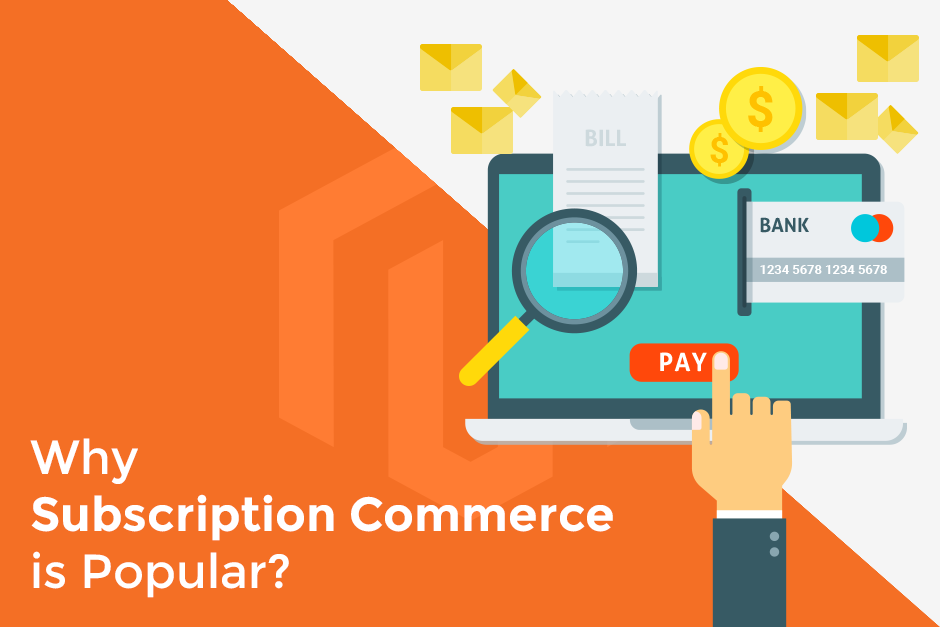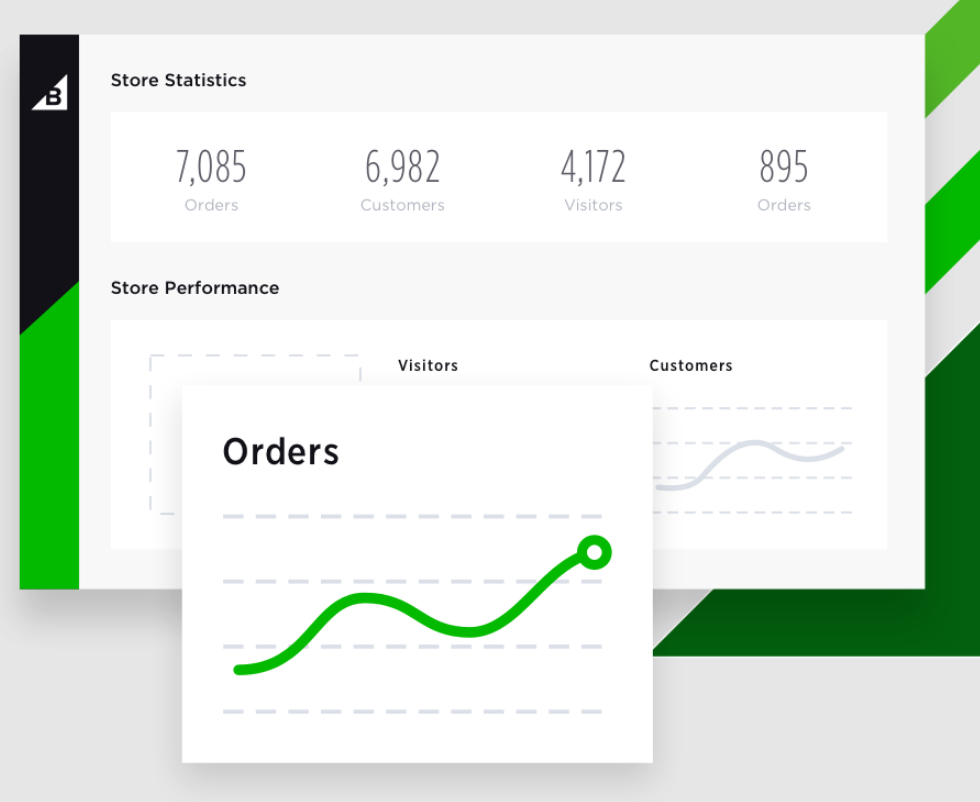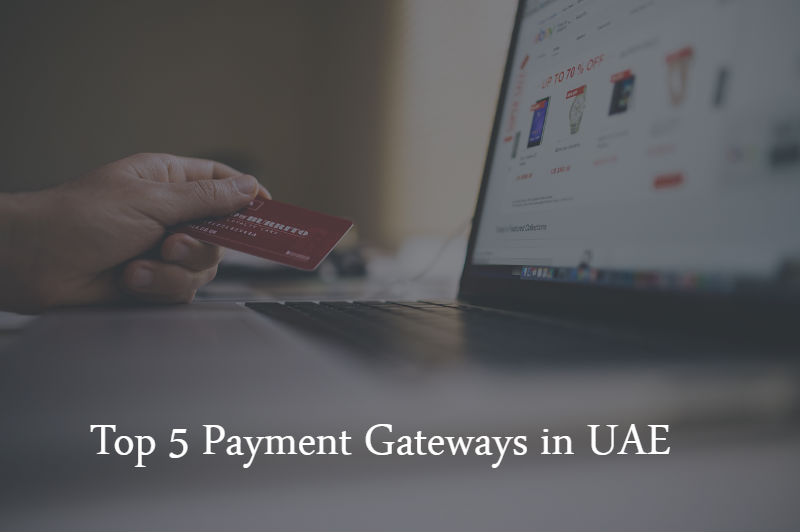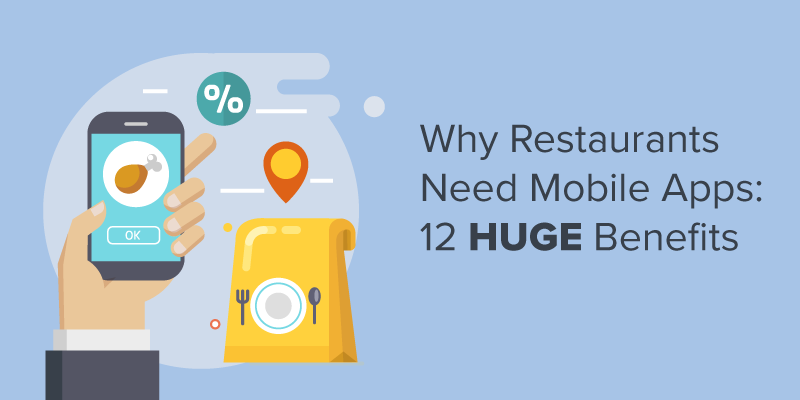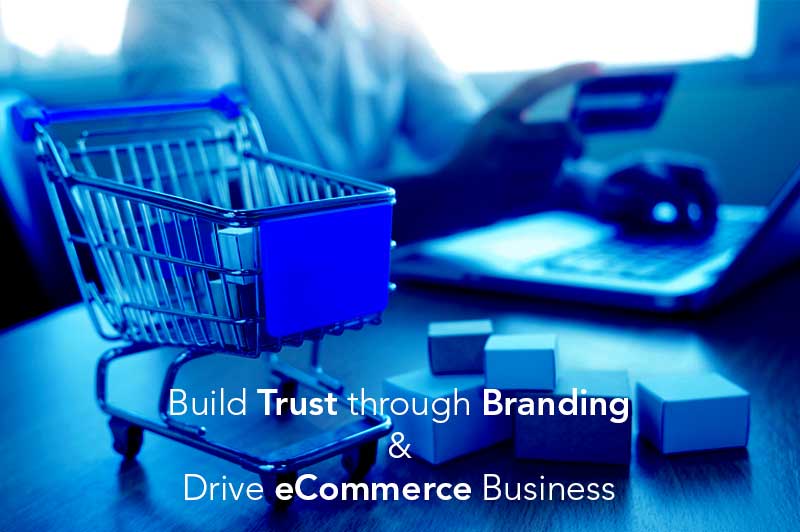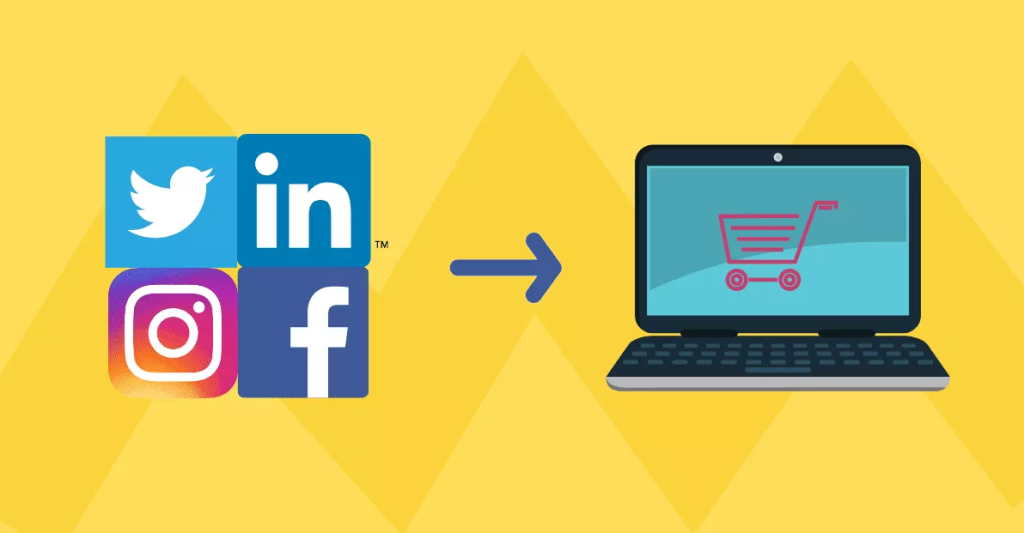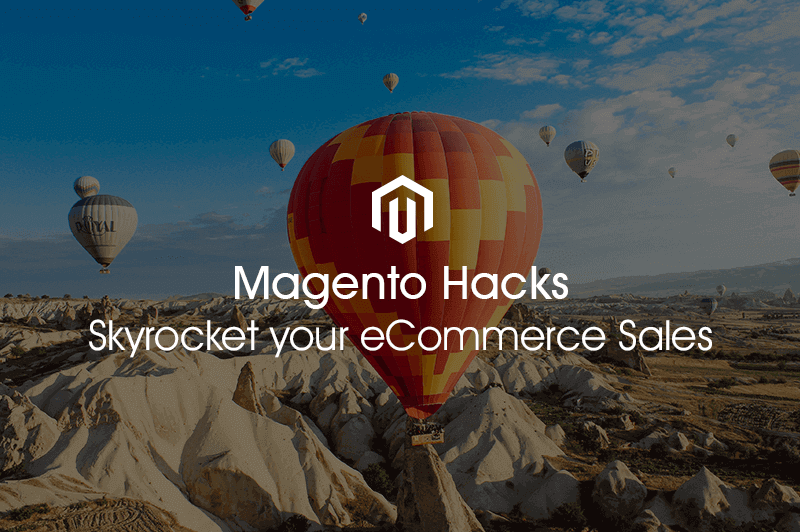The evolving e-Commerce industry and the M-commerce boom are set to turn around the face of economy in the middle east. But this exciting transition does not come without its fair share of obstacles. So what are the challenges these industries face?
1. Traditional logistics
Many of the traditional logistics businesses find it hard to create an online presence. In the Middle East, although the potential for e-commerce is high, it remains relatively unexplored largely due to logistical challenges. Automated discovery of delivery location using GPS services is almost impossible since home delivery postal systems do not exist. This in turn requires mobile apps to be able to utilize location services to automatically tag the order location, increasing the investment and time requirement for the development of apps. The under-developed warehouses & stocking points in the region pose another challenge for the e-commerce industries. Since the traditional retail businesses did not require such infrastructure, the initial investment of e-commerce transition for the local industries increases.
The solution?
Retailers have already started adopting omni-channel strategies to solve the investment problem, by utilizing the pre-existing retail outlet infrastructure to serve as warehouses and stocking locations. Better development of e-commerce mobile apps, keeping in mind the above requirements, is another thing to keep in mind.
2. Competitive pricing and customer satisfaction
With further growth of M-commerce, companies tend to focus on the most common customer requirement: price. As per PwC’s 2017 e-commerce report, 40 % of respondents in the region said ‘cheaper price’ is the biggest motivation to buy online. And while that wins the battle for e-commerce industry as a whole, the competition between the existing online retailers and the newer generation of app development is intense, so much so that quality of products and services gets compromised, leading to consumer dissatisfaction, bringing the entire process of customer approval back to square one.
The solution?
As per the KPMG 2017 Global Online Consumer Report, while pricing remained the most common reason why people shopped online, factors like return policies and being a trusted website are far more important for the baby boomer generation, who are biggest spenders and almost as frequent shoppers as the most commonly thought target generation, the millenials. Focusing on customer satisfaction, therefore, becomes more important than blatant lowering of price without consideration of service quality. Safer payment gateways, and more efficient and faster delivery times will serve better to ensure customer satisfaction and increase participation.
3. Communication gap: The hurdles to Loyalty creation
The e-commerce industry, especially the newly developing ones, such as in this region, suffer from a profound lack of loyalty. A very important aspect which allowed traditional brick and mortar services to flourish was direct communication between the seller and buyer, which made the entire process trustworthy, complete with feedback and problem solving, making it an experience the consumer wants to repeat. E-commerce in the region as of now, however, lacks any such interaction. With cheaper pricing and faster delivery being the drivers of consumer satisfaction, loyalty to a single brand becomes a challenge. Another obstacle is incentives. Offline shopping is heavily incentivized, with shops offering membership cards, special discounts and loyalty benefits personalized for each person. Online platforms still suffer from the lack of such incentives.
The solution?
The KPMG 2017 report shows that providing excellent customer support, having loyalty programs and exclusive member offers constituted the 3 major criteria for customer loyalty. Understanding the local demographics and creating content based upon local patterns instead of a globally accepted safe formula is the key to surviving the cut throat e-commerce competition.
4. Omnipresence: Omni-commerce
The concept of omni-channel business is very simple – in theory, at least. Creating a network such that a brand is present everywhere, in all forms, not restricted to just online vs offline conundrum. It has become a business prerequisite to survive in a rapidly developing e-commerce scene. So where do the problems lie?
A. The pure-players (Only e-commerce) and the brick and mortar retailers (who are trying to enter the e-commerce scene) both are at a risk of becoming obsolete if they continue to rake in profits by conventional safe approaches and fail to adapt themselves to the rising consumer expectations. And as of now, no omni-channel experience of substantial quality exists from these industries in the region.
B. Another problem that is being recognized, due to already established omni-channel services globally, is the failure of service providers to integrate the channels to provide a smooth experience.
The solution?

As Martin Simonsen from Implement Consulting Group writes, “the winning solution being the ability to deliver a seamless customer experience in alignment with those needs and simultaneously integrate all channels on relevant platforms, each carefully adjusted to enhance what it does best.”When done well, buyers seamlessly transition from one channel to the next, blissfully falling deeper and deeper into the brand experience.
A research by McKinsey Research and Harvard Business Review showed that Customers who used 4+ channels spent 9% more in the store, on average, when compared to those who used just one cchannel. Aberdeen Group found that companies with omni-channel engagement strategies enjoy an aaverage 9.5% increase in annual revenue, compared with 3.4% and 89% retention rate of their customers vs 33% for companies with weak omni-channel customer engagement. The result? Better revenues, loyalty and market presence.
5. Funding challenges: The start-up bottleneck
How does one of the biggest investor markets in the world become a problem for its own start-ups? Dubai-based Research and Markets estimates that around $165 billion are tied up in venture capital firms, but most of them are non-regional VC funds. Traditionally, Middle Eastern investors have looked at investment opportunities outside of the region, with real estate returns been spectacular around the region, hence the hesitancy to step out of the safe profit zone. Other than that, lack of information about start-ups in the region and doubt of the legitimacy of the project discourages investors. The region suffers from a low credit card penetration, hence setup and payments becomes a costly affair.
The solution?
The investment scene has started to change, more so in face of the changing commerce landscape in the region. Al Tayyar Travel Group, the largest travel company in the region and Majid Al Futtaim Group, a diversified private company, have both invested in startups recently.
Another important option which comes to the fore in midst of unwilling investor is: Crowd-funding. With sky high internet penetration in the region, and increasing investors taking risks, crowd-funding is more important than ever today.
A newer challenge
The GCC introduced a 5% VAT following expensive military campaigns and drop in global oil prices. Introduction of a 5% tax seems pale in comparison to global VAT rates, but poses threat to investments, revenue and spending in the region. The transition to e-commerce for many businesses is now pricier, and so are the services provided by them. However, the VAT tax provides an alternative source of income in the region, and may prove instrumental in providing a safe haven for industrialists and start-ups alike in a future with lower global oil prices.
Conclusion
The MENA region is poised to experience an e-commerce boom despite the challenges faced by the companies. Smart planning, understanding the demographic, the user base and catering to their needs, all the while adopting the concepts of Omni-commerce will prove beneficial both to the retailers transiting to e-commerce and the ones trying to excel in it.



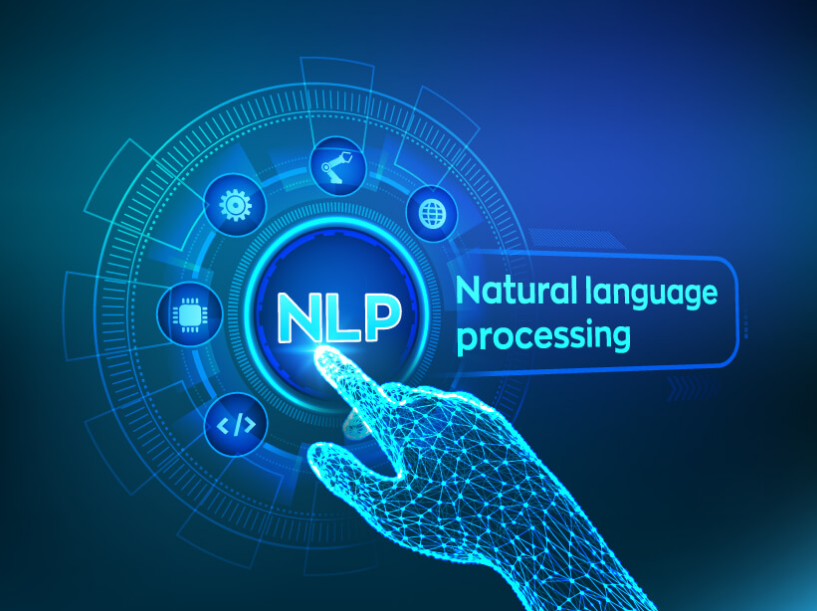
 Inventory Management
Inventory Management 